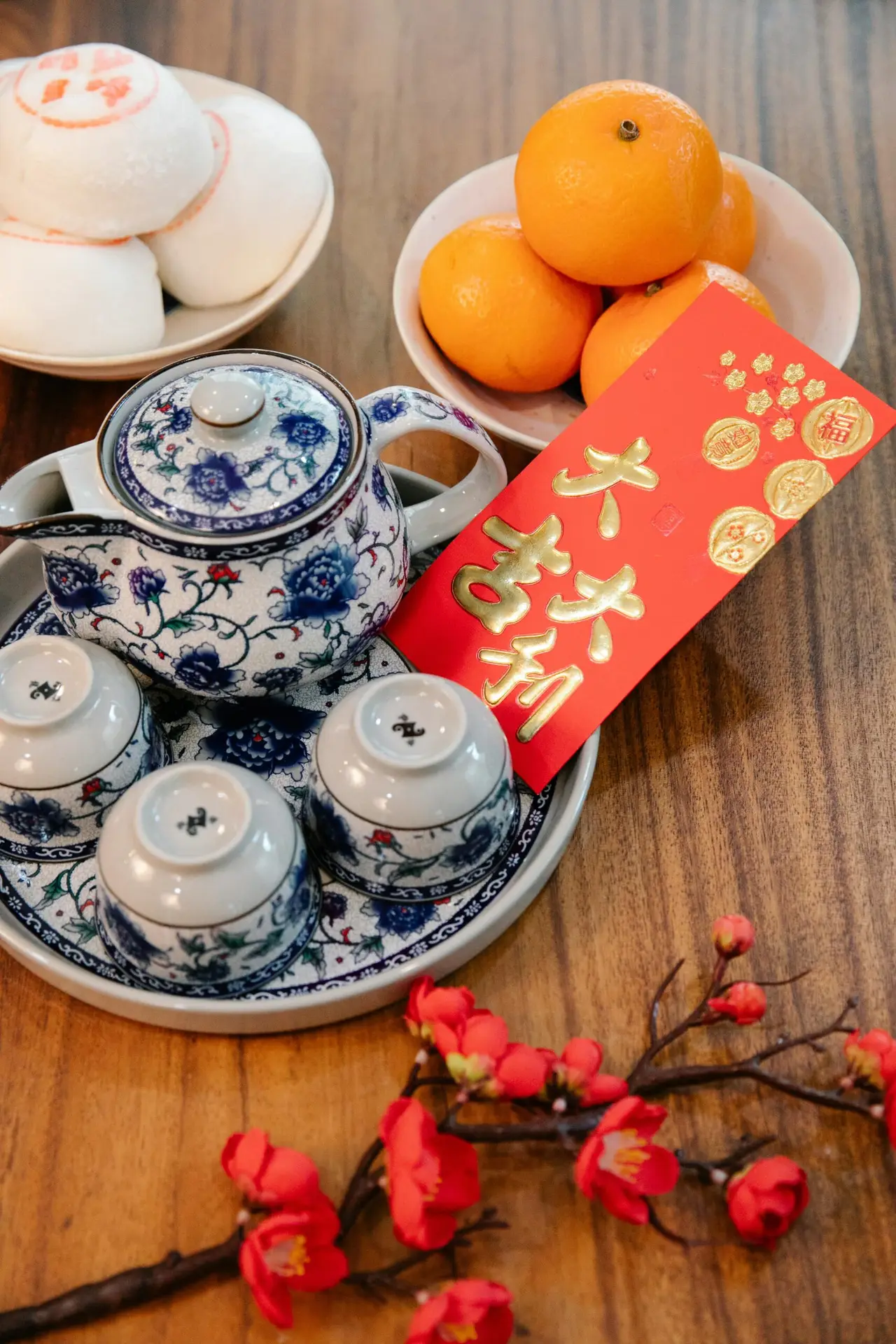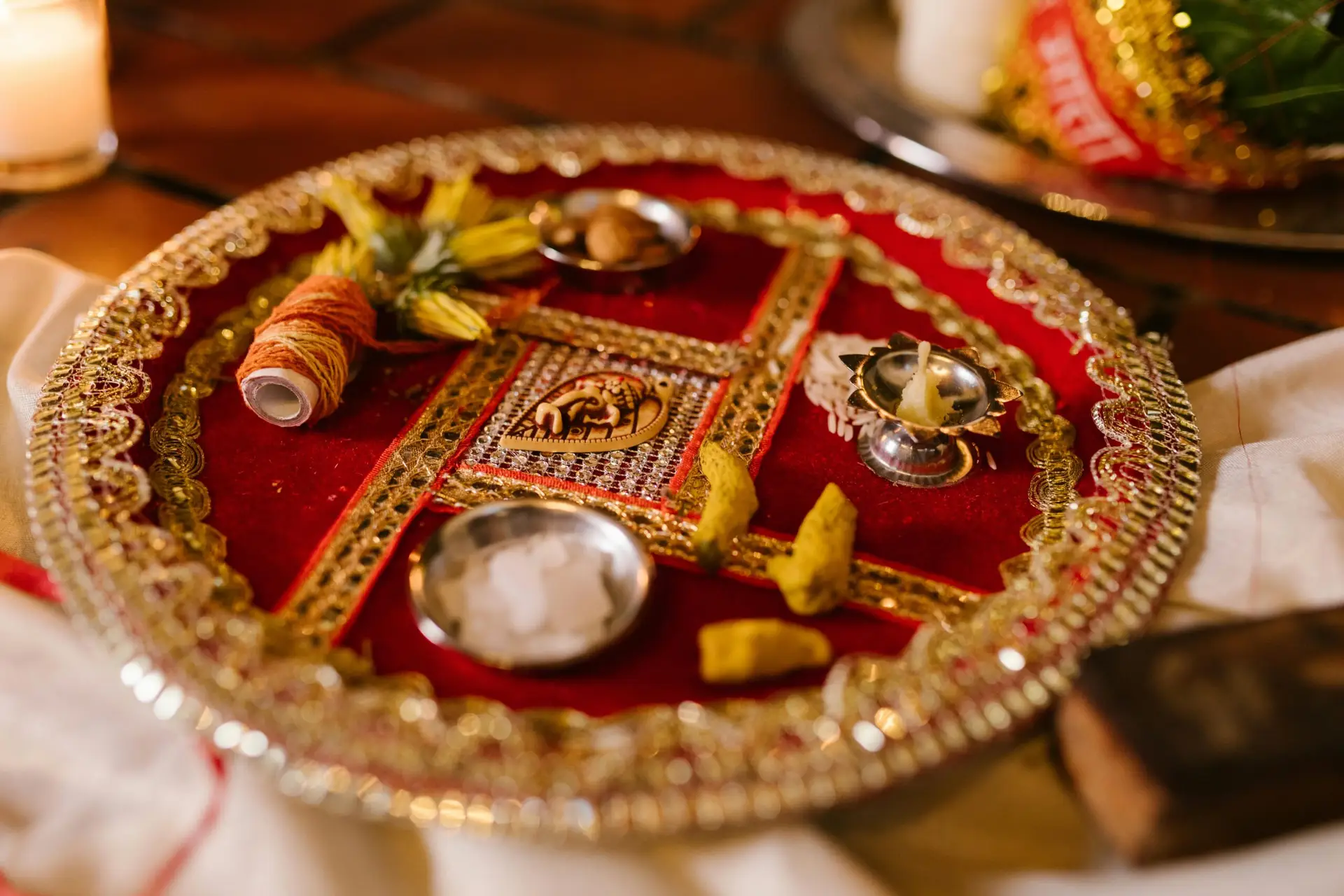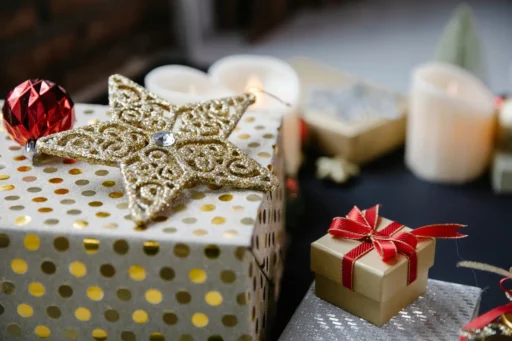Giving presents in Asian countries is associated with their diverse cultures and social, religious beliefs. But some norms are common in most countries. Accepting gifts with both hands, reciprocating, and being thoughtful are considered polite among all Asians. While countries like China, Japan, South Korea, and Russia believe accepting gifts after refusing at least two times is polite, countries like India consider rejecting gifts extremely rude.
China
China is culturally enriched, and they follow their customs and culture wholeheartedly. Gift-giving is widely appreciated there but with some things to keep in mind. They prefer practical gifts that can be used or thoughtful gifts with admirable intentions. Colors, meanings, symbols, and wrapping matter most in Chinese gift culture. So, your good intention can be offensive without proper research.
Chinese people love traditional gifts, something from other countries’ cultures as a souvenir, and sweets as congratulatory or gratitude gifts. Monetary gifts are common at weddings and during Chinese New Year. Bright-colored wrapping is highly appreciated there. A red envelope (called hongbao in Mandarin) with cash is traditionally accepted during Chinese New Year. As in all countries, superstitions exist in China as well. They follow lucky numbers like 8 (thought to symbolize peace and prosperity), 88 (double happiness), and 6 (homophonic to “to flow”), along with any even numbers. If a short poem or blessing is written with the gift, that’s a plus point.
Some things must be avoided as gifts to prevent creating bad impressions. Sharp objects like knives or scissors are prohibited as they symbolize cutting relations. Although even numbers are generally preferred, 4 (homophonic to si, meaning death) is considered bad luck. Avoid black and white wrapping paper unless it’s for a funeral. Clocks or watches symbolize death, umbrellas and fans are homophonic to “to scatter,” shoes signify evil, pears as gifts mean wishing to part ways, and a green hat given to a man implies his wife is cheating on him. Some items have phonetics similar to negative things in Mandarin, so without proper research, a gift might unintentionally convey a negative meaning.
Japan
Gift-giving in Japan is an extremely cautious activity because of the importance of understanding their culture. However, they view gifting as a symbol of appreciation, gratitude, closeness, and respect. Just like in China, there are also cultural beliefs and taboos to consider. For the Japanese, gift-giving is not a chore to finish but a truly thoughtful process. They strongly believe in reciprocity and even have special occasions dedicated to this purpose.
- Ochugen: A summer gift-exchanging period from July 1 to July 15, mid-year, as an opportunity for relatives and friends to come closer. Mostly, they prefer food and drinks suitable for the weather.
- Oseibo: A winter gift-giving time from November to December 20, celebrated as a year-end ceremony similar to Ochugen. During this time, they tend to prefer homemade food, drinks, tea, candles, soap, and other practical items.
- Omiyage: A local-item gift-giving term, used when someone returns from a trip with presents.
- Temiyage: Similar to Omiyage, this term is used when a gift is exchanged at the first meeting with someone in Japan.
Although Christmas is not widely celebrated in Japan, Valentine’s Day holds significant value. Female workers give their male colleagues giri choco (obligation chocolate), and female lovers give honmei choco (true love chocolate) to their romantic partners on that day.
For the Japanese, presentation is just as important as the present itself. They prefer exquisite wrapping paper with ribbons. Their traditional wrapping cloth is known as furoshiki. At the very least, it is advisable to gift something in a bag.
Certain colors and items are appreciated, such as pastel shades, green (considered good luck), and purple (symbolizing nobility). Unlike in China, red is strongly avoided in Japan as it is associated with funerals. In fact, they prefer white ink over black for envelopes.
Japan has a great history with oranges, which symbolize longevity and good luck. Homemade items, crafts, and art are highly valued gifts in Japan. However, foxes and badgers are considered symbols of shrewdness and are viewed negatively. Additionally, lilies, camellias, and lotus blossoms are not appropriate gifts.
Numbers also play a significant role in Japan. In weddings, monetary gifts (called goshugi) are better if given in odd numbers. Sets of 8 or 3 are accepted, but sets of 4 and 9 are discouraged as they share phonetics with the words for death. Japanese people place special meaning on certain ages, such as 77 years, which is considered a lucky age.
Japanese etiquette involves polite ways of giving and receiving gifts. Using both hands to give and receive, waiting for an event to end before privately giving a present, opening gifts privately, and giving return gifts of equal value are all considered respectful.
South Korea
Like Japan and China, gift-giving in South Korea reflects reciprocity, respect, and gratitude, but culturally, South Korea has its unique traditions.
The quality and value of a gift depend on the recipient’s social status. The higher someone’s position in society, the more luxurious and high-quality the gift is expected to be.
Preferred gifts in South Korea include regional products, artifacts, food, premium tea sets, Korean beef (Hanwoo), and fresh fruits. For the elderly and in office settings, green tea, tonics, health supplements, and fresh fruits are common choices. Tea or coffee sets, premium soju, premium whiskey, and Korean beef are given on various occasions to express gratitude. At weddings and funerals, cash is traditionally gifted in an envelope.
Special occasions for gift exchanges include Chuseok (Korean Thanksgiving Day) and Seollal (Lunar New Year’s Day).
Like other Asian countries, South Korea avoids gifting sets of 4, red-colored gifts, sharp objects, green headwear, and liquor to women. Bright colors are favored for wrapping paper, particularly yellow or red with green stripes, which are traditional colors.
Customs around giving and receiving gifts include using both hands, refraining from opening wrapped gifts in front of the giver, reciprocating as quickly as possible, and warmly welcoming gifts.
India
India is one of the most culturally and religiously diverse countries in the world. It is a land of countless festivals, ensuring that gift exchanges happen year-round. Every region and community has unique traditions and beliefs regarding gifts.
Gifts Based on Religion:
- Hinduism: Being the majority religion, Hindus often prefer sweets and monetary gifts during festivals and weddings. Coconuts and sweets are considered auspicious as they are often used as offerings (prasada) during prayers. Gold jewelry and clothes are traditional gifts for weddings. Red flowers are acceptable during Diwali, and during Raksha Bandhan, sisters tie rakhi (sacred thread) on their brothers’ wrists and receive gifts in return. However, avoid gifting clocks or leather items, as clocks signify mortality, and leather comes from cows, considered sacred. Black and white are also avoided as they are inauspicious.
- Islam: Any gift is appreciated within respectful boundaries. During Eid-ul-Fitr and Eid-ul-Adha, Muslims traditionally gift new clothes to family members. At weddings, gifts that could be construed as dowry are prohibited in Islam, though some social customs differ. Religious items as gifts are particularly valued.
- Buddhism: Buddhists emphasize charity and donations over lavish gift-giving.
- Jainism: Jain beliefs in non-violence extend to avoiding physical gifts.
Regional Gift Customs:
- In North India, people commonly give cash (shagun) at weddings and sweets during Diwali. Traditional attire like sarees and turbans are popular.
- In South India, gold jewelry, garlands, coconuts, and betel leaves are well-known gifts.
- In East India, traditional food and sweets like roshogolla and sandesh are often homemade for festivals. Handicrafts, such as terracotta pottery, are highly valued. Bengal is known for gifting silk sarees.
- In West India, gifts like lehengas, dhotis, dry fruits, and clay lamps (diya) are favored, especially during Diwali.
Indians are known for their welcoming nature and accept gifts graciously without negative impressions. In weddings, furniture and appliances are commonly given as gifts throughout the country.
Russia
Though geographically spanning both Europe and Asia, 70% of Russia is in Asia, making it a part of this cultural overview. Unlike countries such as China or India, Russia does not have a strong gift-giving culture. However, certain traditions, such as presenting gifts to hosts or on special occasions, are widely practiced.
In Russia, gender-specific gifts are common. Women are often given chocolates, perfume, candles, and flowers, while men typically receive cufflinks, vodka, tequila, or beer. Blue is a preferred color for gifts. It’s important to remove price tags from items before gifting them.
Special occasions include:
- February 23: Defender of the Fatherland Day, honoring the military, when general gifts are appreciated.
- March 8: International Women’s Day, celebrated with flowers such as tulips or roses (except carnations, which are reserved for funerals and Soviet holidays).
Matryoshka dolls (Russian nesting dolls) symbolize the generations carried by women. However, they are not considered unique gifts for Russians.
Avoid giving flowers in even numbers or artificial flowers, as both are associated with funerals. Additionally, giving an empty wallet or bag is considered bad luck, so it is customary to include a few coins inside.




